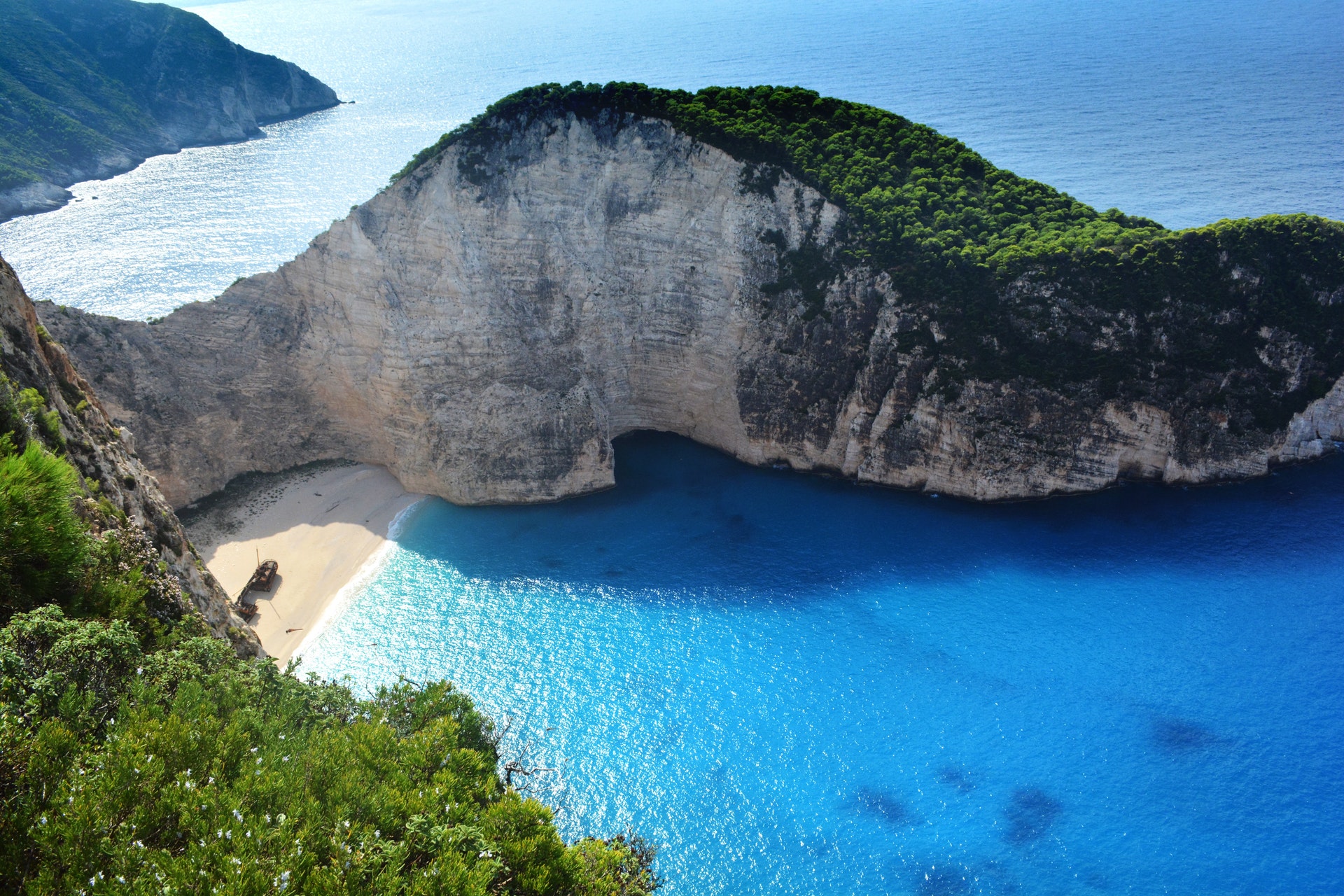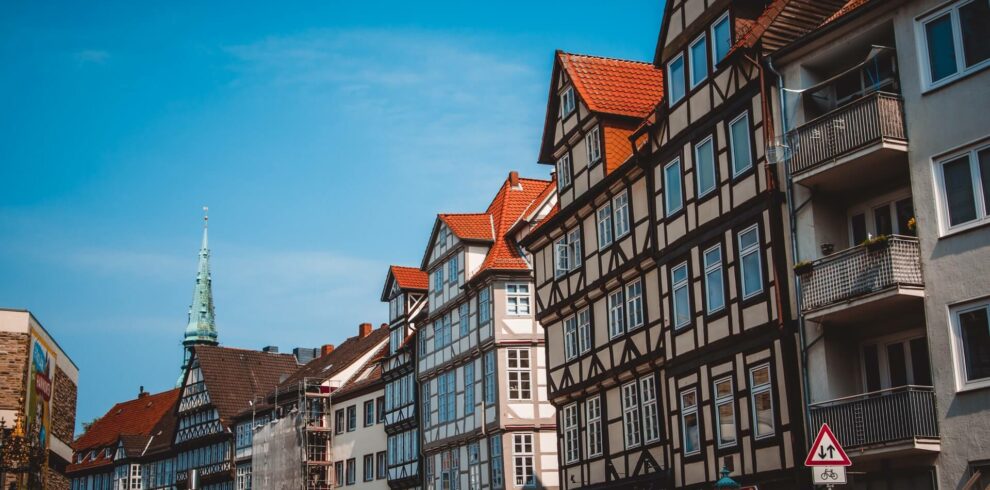Join Our Fixed Trip Starting Date
-
MondayJun 30, 2025FridayJul 11, 2025$3500$300014% OFFAvailable
-
TuesdayJul 1, 2025SaturdayJul 12, 2025$3500$300014% OFFAvailable
-
WednesdayJul 2, 2025SundayJul 13, 2025$3500$300014% OFFAvailable
-
ThursdayJul 3, 2025MondayJul 14, 2025$3500$300014% OFFAvailable
-
FridayJul 4, 2025TuesdayJul 15, 2025$3500$300014% OFFAvailable
-
SaturdayJul 5, 2025WednesdayJul 16, 2025$3500$300014% OFFAvailable
-
SundayJul 6, 2025ThursdayJul 17, 2025$3500$300014% OFFAvailable
-
MondayJul 7, 2025FridayJul 18, 2025$3500$300014% OFFAvailable
-
TuesdayJul 8, 2025SaturdayJul 19, 2025$3500$300014% OFFAvailable
-
WednesdayJul 9, 2025SundayJul 20, 2025$3500$300014% OFFAvailable
The Tiananmen, a gate in the wall of the Imperial City, was built in 1415 during the Ming dynasty. In the 17th century, fighting between Li Zicheng’s rebel forces and the forces of the Manchu-led Qing dynasty caused heavy damage to, or even destroyed, the gate. Tiananmen Square was designed and built in 1651, and has since been enlarged by four times its original size in the 1950s.
Near the centre of the square stood the “Great Ming Gate”, the southern gate to the Imperial City, renamed “Great Qing Gate” during the Qing dynasty, and “Gate of China” during the Republican era. Unlike the other gates in Beijing, such as the Tiananmen and the Zhengyangmen, this was a purely ceremonial gateway, with three arches but no ramparts, similar in style to the ceremonial gateways found in the Ming tombs.
This gate had a special status as the “Gate of the Nation”, as can be seen from its successive names. It normally remained closed, except when the Emperor passed through. Commoner traffic was diverted to side gates at the western and eastern ends of the square, respectively. Because of this diversion in traffic, a busy marketplace, called “Chess Grid Streets”, was developed in the big, fenced square to the south of this gate.
-
Hotel Accomodation in Paris Hotels
-
1-15
-
Vegeterian, Non Vegeterian and Vegan
-
English and local language
-
5 star executive suite
-
Suitable throughout the year
Overview
The Tiananmen, a gate in the wall of the Imperial City, was built in 1415 during the Ming dynasty. In the 17th century, fighting between Li Zicheng’s rebel forces and the forces of the Manchu-led Qing dynasty caused heavy damage to, or even destroyed, the gate. Tiananmen Square was designed and built in 1651, and has since been enlarged by four times its original size in the 1950s.
Near the centre of the square stood the “Great Ming Gate”, the southern gate to the Imperial City, renamed “Great Qing Gate” during the Qing dynasty, and “Gate of China” during the Republican era. Unlike the other gates in Beijing, such as the Tiananmen and the Zhengyangmen, this was a purely ceremonial gateway, with three arches but no ramparts, similar in style to the ceremonial gateways found in the Ming tombs. This gate had a special status as the “Gate of the Nation”, as can be seen from its successive names. It normally remained closed, except when the Emperor passed through. Commoner traffic was diverted to side gates at the western and eastern ends of the square, respectively. Because of this diversion in traffic, a busy marketplace, called “Chess Grid Streets”, was developed in the big, fenced square to the south of this gate.








